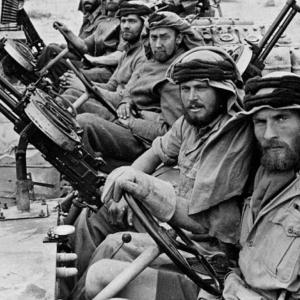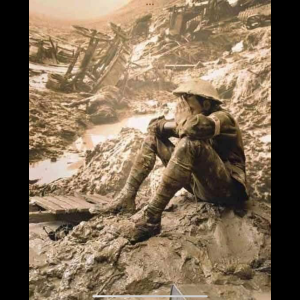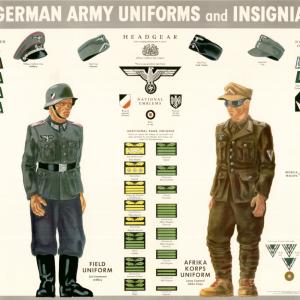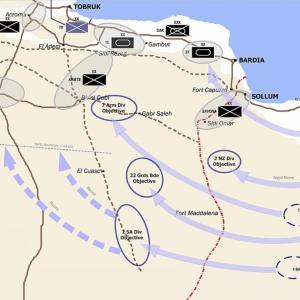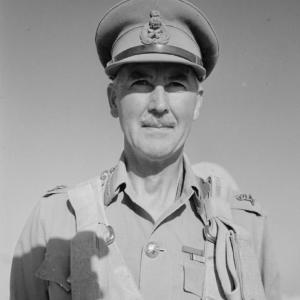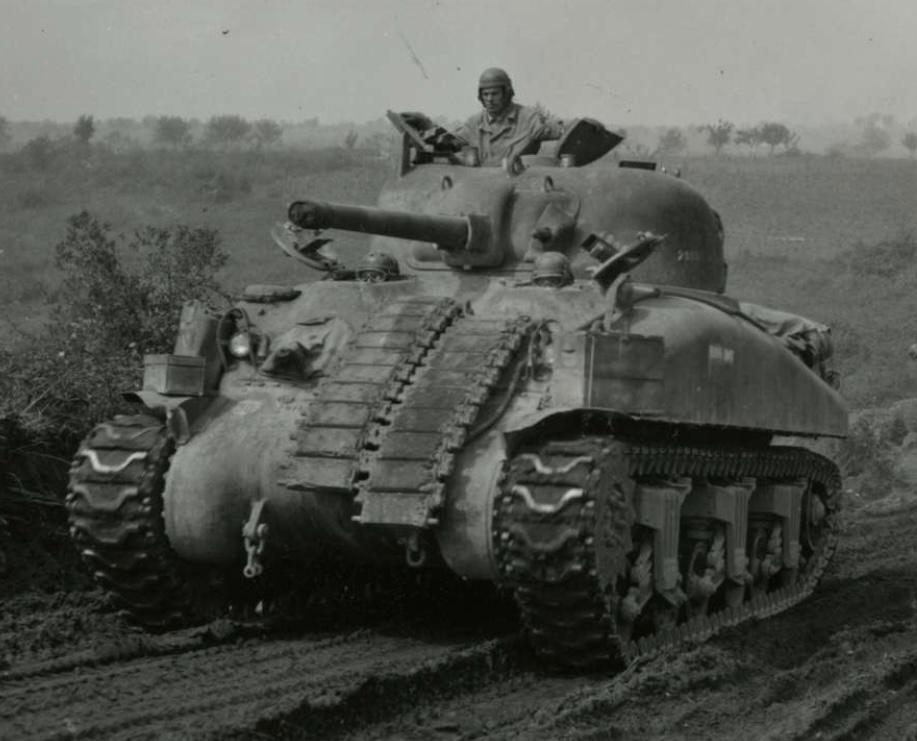
The Sherman Tank
The M4 Sherman tank was one of the most iconic and influential tanks used by the United States and its allies during World War II. It became a symbol of American military strength and a cornerstone of Allied armor operations throughout the conflict. Designed for mass production, the Sherman played a pivotal role in numerous key engagements and theatres of war, providing crucial support in ground operations across both the European and Pacific fronts.
Design of the Sherman Tank
The M4 Sherman was developed by the U.S. Army as a response to the need for a reliable and versatile medium tank. Early in the war, the U.S. Army realised that its existing tanks, such as the M3 Lee, were inadequate against the increasingly powerful German armor, particularly the Panther and Tiger tanks. In 1940, the U.S. Army’s Ordnance Department began working on a new design that would be more mobile and heavily armed than previous models while also being simple enough for large-scale production.
The design of the M4 Sherman was influenced by the lessons learned from earlier tank models and the need for a tank that could be mass-produced, operated, and maintained efficiently. The vehicle's hull was designed with sloped sides to improve the effectiveness of its armor. The sloping helped deflect enemy shots, increasing the chance that projectiles would glance off rather than penetrate the armor. The turret was large enough to house a variety of armaments, making the tank versatile in different combat situations.
Another notable design feature was the use of a cast steel hull, which allowed for faster production compared to welding. The M4 Sherman also featured a relatively high engine output, giving it better mobility than many of its contemporaries. Despite its weaknesses in terms of firepower and armor compared to German tanks, the Sherman was designed to be a reliable workhorse for the Allies, capable of performing a variety of roles on the battlefield.
Mass Production of the Sherman Tank
One of the Sherman tank’s most defining features was its mass production. The M4 was designed with standardisation in mind, allowing for ease of manufacturing in a wide array of factories across the United States. The U.S. Army needed a tank that could be produced in large numbers to equip Allied forces quickly, and the Sherman fit that bill perfectly.
By focusing on a design that was straightforward, with interchangeable parts, the production process became highly efficient. Several factories in the U.S., such as the Detroit Arsenal and the Fargo Manufacturing Company, switched to tank production, and even car manufacturers like Ford and Chrysler contributed to the Sherman’s output. At its peak, the U.S. was producing more than 2,000 Shermans per month.
Between 1942 and 1945, more than 49,000 M4 Sherman tanks were produced, making it the most widely used tank by the Allies during World War II. This high production number meant that the Allies could replace losses quickly and maintain a steady supply of tanks on the frontlines. The ability to mass-produce the Sherman was one of the key factors in the success of the Allied war effort.
Armor and Armaments
The Sherman tank's armor was designed to offer a balance between protection and mobility. The hull was made of cast or welded steel, with a thickness of up to 75 millimeters (2.95 inches) on the front. However, this armor was still vulnerable to the heavier German anti-tank guns, such as the 88mm cannon mounted on the Tiger I and Panther tanks. As a result, the Sherman tank's armor was often criticised for being thinner and less capable of withstanding direct hits from powerful enemy weapons.
The armament of the Sherman was another aspect of the tank’s design that underwent several changes throughout the war. The M4A1, the original version, was equipped with a 75mm M3 gun capable of firing high-explosive and armor-piercing shells. However, it soon became clear that the 75mm gun was insufficient against heavier German armor. The M4A2 and later versions of the Sherman were equipped with the more powerful 76mm gun, which offered improved anti-tank capabilities.
In addition to its primary gun, the Sherman tank was typically equipped with several .30 caliber M1919A4 Browning machine guns for infantry support, as well as a .50 caliber M2 Browning for anti-aircraft and anti-personnel defense. The versatility of the Sherman’s armament allowed it to serve in a variety of roles, from close support for infantry to engaging armored targets at longer ranges.
Ease of Operation
One of the key reasons for the Sherman tank’s widespread use and success was how easy it was to operate. Unlike some of the more complex German tanks, the Sherman was designed to be simple to drive, maintain, and repair. This made it ideal for rapid deployment to the frontlines and easy to repair in the field when it suffered damage.
The Sherman was equipped with a multi-speed transmission and diesel engine, which made it relatively simple to handle in comparison to some of the more advanced German tanks, which required highly skilled crews. The relatively low weight of the Sherman also contributed to its maneuverability. It was easier to transport by rail and could cross bridges or rough terrain that heavier tanks struggled with.
Crew size was another factor in its operational efficiency. The Sherman typically had a crew of five: a commander, a driver, a loader, a gunner, and a radioman. This was a standard crew size that allowed for effective communication and efficient operation of the tank.
Production Numbers and Theatres of War
The M4 Sherman tank was used extensively in several theatres of World War II. The large-scale production meant that these tanks were sent to various fronts, including Europe, North Africa, and the Pacific, in great numbers.
In the North African Campaign, the Sherman was first deployed in large numbers, starting in 1942. The tank quickly became a dominant force in the desert warfare environment, where mobility and reliability were crucial. The Shermans often faced off against German Panzer IVs and Panther tanks, but their numerical advantage, combined with the ability to quickly replace damaged tanks, ensured that the Allies maintained armored superiority.
The most significant use of the Sherman came during the Normandy Invasion (D-Day) in June 1944. The tank was used in a variety of roles, from infantry support to spearheading the Allied drive through France. In battles like Operation Cobra and the Normandy Breakout, Sherman tanks played a crucial role in breaking through German defensive lines and helping secure key cities. The Sherman Firefly, a version equipped with a British 17-pounder gun, was also introduced to help counter the German Tiger and Panther tanks.
In the Pacific Theatre, the Sherman was adapted for jungle warfare and amphibious landings. The Sherman DD (duplex drive) was fitted with flotation devices and was used for amphibious assaults, such as the Battle of Iwo Jima. The tank’s ability to adapt to various terrains made it a versatile asset across multiple theatres.

